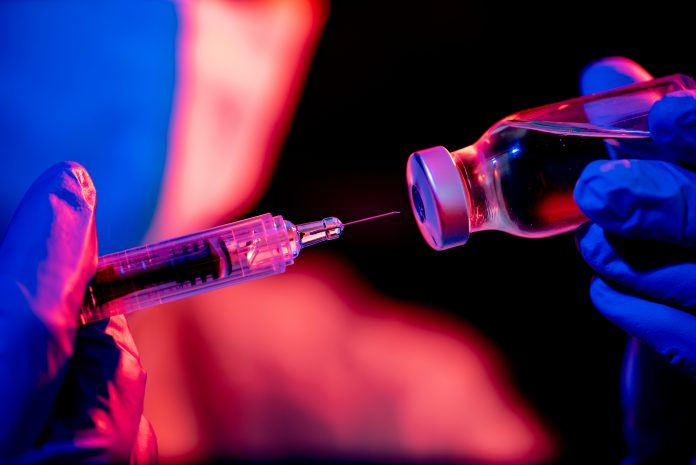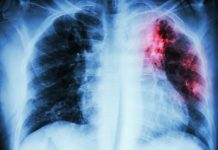Eight days after the Pfizer results (90% effective) brought collective hope to the world, the Moderna vaccine has proven to be 95% effective at fighting COVID-19
The Pfizer vaccine results showed the world that a cure is close enough to touch. Despite the months long procedure of manufacturing and giving out the vaccine to individual countries, this signalled the beginning of a new pandemic phase – hope.
Dr Anthony S Fauci, director of the National Institute of Allergy and Infectious Diseases, said in an interview:
“I had been saying I would be satisfied with a 75% effective vaccine. Aspirationally, you would like to see 90, 95%, but I wasn’t expecting it. I thought we’d be good, but 94.5% is very impressive.”
The numbers are strong, but will they hold?
Now, over a week after the last positive announcement, American biotechnology company Moderna have released that their vaccine in Phase 3 is currently acting as 95% effective against COVID-19.
Their trial has 30,000 people, with 15,000 of them taking two real doses and the other half being given empty doses. The real vaccine injections were given four weeks apart, same as the placebo. The first 95 people to develop COVID-19 became the key participants for demonstrating how this new drug works – only five people who took the vaccine contracted COVID-19. There were 11 severe cases of the virus among the participants, but this was not in the group that had been given the vaccine.
Now, the Moderna team will need to finish further safety tests and apply for emergency authorisation from the Food and Drug Administration (FDA), the same as Pfizer.
When will the Moderna vaccine be ready to use?
Not for a few months. If the clinical data continues to be as strong as it currently is in Phase 3, then it will still be a few months. Further, the older and more highly vulnerable you are, the more likely you’ll receive the vaccine in a few months.
In the UK, the Government proposed a tiered system for distribution.
The Joint Committee on Vaccination and Immunisation published a clear guideline on this in September, which gives us a strong understanding of how people will be prioritised despite needing finalisation from PM Boris Johnson.
According to this list, the first people to be vaccinated will be the oldest people in care homes, and care home workers. After this, all people over the age of 80, alongside health and social care workers. Thirdly, the 75+ age range, then 70+, then 65+, then high-risk adults under 65. After this, moderate risk adults under 65, then all people aged 60+, then 55+, then 50+ and finally everyone else.
The US system of distribution is less clear, especially in the wake of the US election, but the elderly and most immunocompromised will likely be prioritised. It is highly unlikely that Donald Trump will have any control over the distribution process, which is expected to begin in the Spring of 2021 at earliest.
How is the Moderna vaccine different to the Pfizer vaccine?
They use a different kind of COVID-19 fighting strategy. Currently, it seems that Moderna is going to be easier to transport across a cold supply chain – it can remain usable at -20C, for up to six months, and kept in a normal fridge temperature for up to a month. On the other hand, Pfizer needs much colder storage at roughly -75C, while surviving in a fridge for five days.
Currently, the UK has secured 5 million doses of the Moderna vaccine. This would vaccinate 2.5 million people.
Either way, cold supply chains will have to be rapidly expanded to make sure that whichever vaccine which passes FDA checks first (Pfizer or Moderna, the current frontrunners) can reach all countries impacted by COVID-19.











